Local Heroes 2020
Dedicated to Santa Barbara’s COVID Warriors
By Indy Staff | Photos By Daniel Dreifuss
November 25, 2020

When David Bowie sang, “We can be heroes,” he was telling the truth.
On each Thanksgiving since our first issue was published in 1986, the Santa Barbara Independent has sought to honor the Local Heroes among us. People who go about their daily lives acting in ways that help make our community whole.
This year, in the hundreds of names our readers nominated, one theme dominated all the others, and that was the COVID-19 pandemic, the ongoing crisis we are living with every day.
In that context, we decided to dedicate the 2020 Local Heroes issue to those who have been working in the trenches to keep us safe — those among us who have risen to the pandemic’s seemingly spirit-crushing challenge and, by their actions, have demonstrated that the human spirit is stronger than any virus.
In this issue, we honor our health professionals who face the deadly virus every day; our neighbors who put their skills to work for the common good; our arts community who brings beauty into our lives despite all odds; our business owners who must pivot so that they and their staff can survive; our public officials who imagine new ways to keep our county working; our educators and counselors who give their students a chance to succeed; our community organizers who reach out to those most vulnerable; and our young people who find ways, in the middle of the shutdown, to help those in need and to speak up for social justice.
Of course, we do not know the names of all who have worked so tirelessly to help get us through this historic time. So these 2020 Local Heroes are being honored not only for the work they are continuing to do but also as symbols for the many who are doing similar things every day throughout Santa Barbara County.
It should not require an act of heroism for a grocery store employee to go to work and stock the shelves. But such are the times in which we live. All of us — in ways big and small — find ourselves conscripted into the ranks of the heroic.
This is our song of thanks to all the heroes among us. For everyone not mentioned, you have our gratitude and many thanks. Yes, David Bowie was right; we can be heroes. And many have.
Cottage Intensive Care Unit
COVID Medical Crew

Back row, from left: Traci Green, Infection Control; Azael Pinzon, Environmental Services; Yvette Ortega, Nutrition; Sarah Flynn, RN, Emergency Dept.; Laura Cadwell, Speech Therapy; and Danielle Hartman, RN, MICU
It’s tempting to regard Dr. Rob Wright, head of Cottage Hospital’s Intensive Care Unit (ICU), as the equivalent of a symphony conductor. His orchestra comprises the disciplined mass of pulmonologists, respiratory therapists, resident physicians, nurses, environmental service workers, and assorted medical professionals working to help those suffering with the COVID virus.
When the pandemic descended on Santa Barbara in March, Wright and his crew didn’t know what to expect. “It was really intense at first,” he said. “There was so much hysteria. We worried we might end up like New York City.” And though the worst never happened, the numbers were daunting, and they are on their way up again as our county has reentered the dangerous purple warning stage.
“This is what we signed up for,” said Wright, who — along with his co-leaders of the Cottage COVID team, doctors Lynn Fitzgibbons and David Fisk — has been worried that a greater spike in cases might happen after Thanksgiving. “It’s premature to think we’re out of the woods,” he said, adding he and his wife haven’t seen their children — all adults — since June. He’s not sure when they can.
Wright is especially proud that not one ICU worker has gotten infected on the job. “Not one!” he exclaimed. “What does that tell you? If you mask, wash your hands, and take proper precautions, it works.”
Like many medical professionals, Wright bristles at the suggestion that doctors nationwide have exaggerated COVID’s impacts in hopes of boosting their bottom line. Even surviving patients pay a price, he said. Many patients experience several months of “prolonged lassitude.” For some, recovery takes a year. Others don’t make it. The hardest part is to release patients from the hospital, he said, “Especially when they have no family.” Nurses, he said, have it the hardest. They spend the most time with the patients.
COVID has forced everyone to make serious sacrifices, but Wright — a history aficionado — says perspective is required. “How do you think it was for 5- and 6-year-old kids during World War II? People need to read their history. We’ve had it much worse. We’re so impatient.”
Adam McKaig
Adam’s Angels Founder

Adam McKaig was 59 when he got the call. A slap in the face, he said, was more like it. The pandemic hit, and all of a sudden McKaig, a real estate agent for the past 20 years, found his work officially declared “nonessential.”
Pushed feet first into the gathering void, McKaig started out doing grocery deliveries for older people he knew. Given how depleted the shelves were, he’d have to hit five stores sometimes to fill one order. From there, he expanded to delivering Foodbank supplies to those unable to buy groceries. B’nai B’rith asked him to deliver clothes to a homeless woman dressed in black at the courthouse one night. She wasn’t there, but McKaig met other “street residents” in the process. “Game on,” he declared.
“I saw the need.” Since then McKaig and his crew of Adam’s Angels have expanded to a loose confederation of about 50 core volunteers — 150 in all — picking up and delivering fresh clean clothes to people living in the parks, on the waterfront, and near freeway offramps. Once a week, they prepare and serve dinners at Pershing Park.
McKaig, a Santa Barbara native with an easygoing way, has gotten a great help from the nightclub Eos, which provided a much-needed staging area for making clothes deliveries, and Richie’s Barber Shop in Montecito, which now has hosted two clothes drives. One benefactor donated a brand-new trailer to help haul everything around.
“I don’t know where this is going to lead us,” McKay said. “But it’s not going to let me stop.” Before COVID hit, McKaig had no prior history as a guerilla philanthropist. “I wake up every morning thinking, ‘Wow! What’s going to happen today?’” he said. “It’s exciting.”
Van Do-Reynoso
To Protect & Serve

When Dr. Van Do-Reynoso isn’t protecting the public’s health, she likes to bake. “It’s a stress reliever for me,” she said. But 16-hour work days in the thick of a global pandemic doesn’t leave a lot of time for recipes, so to cope with the relentless demand, Santa Barbara County’s Public Health Department director steals other small moments. “I take walks with my family and make time to connect with friends and colleagues, even if it’s just for a few minutes.”
Before COVID, Do-Reynoso worked largely behind the scenes, quietly leading the department since 2017. But when the coronavirus crossed Santa Barbara’s borders, she found herself thrust into the spotlight, speaking at press conferences to a stressed and scared community. Do-Reynoso has risen to the challenge, offering Santa Barbara the informed reassurance needed in this uncertain time.
She honors her similarly sleepless staff, who don’t get the visibility of frontline workers but deserve just as much recognition. They’re responsible for Santa Barbara’s cohesive strategies to prevent and mitigate the spread of the virus, an achievement officials even at the highest levels of our government have failed to muster.
This isn’t Do-Reynoso’s first rodeo, either. She was working in the field and learned hard lessons during the H1N1 and Ebola outbreaks, but of course nothing has come close to today’s health crisis. Still, looking ahead, she’s optimistic.
“I’m envisioning a community rebounding from the effects of the pandemic because we are resilient, and because we used data and science to guide our behaviors,” she said.
Rob Dayton, Jason Harris, Nina Johnson, Bob Stout
Downtown Dynamos

Even before COVID, State Street was in a tough spot. The pandemic just made everything worse. While many have worked toward rejuvenating Santa Barbara’s commercial core, no one matches these four when it comes to carrying bold ideas across the finish line.
Rob Dayton, the city’s lead transportation planner, remembers the day — May 22 — when State Street was closed to car traffic. “It was surreal,” he said. “We hadn’t seen anybody on the street for a long time, then suddenly there were tons of people.” The pedestrian promenade concept had been batted around for decades, but Dayton, his team, and his three fellow Heroes made it happen.
Jason Harris began as Santa Barbara’s first economic development director in late March, just as COVID was seeping into every corner of California. Faced with the overwhelming challenge, he took the bull by the horns. “The city’s collective actions to allow businesses to operate outdoors helped save numerous businesses from failing and preserved hundreds of jobs from being lost,” he said. He credited frontline workers and business owners for keeping the economy churning. “They are the heroes,” he said.
Nina Johnson, an assistant city administrator, has been in the State Street improvement trenches for years. “When people come to me fired up about ideas, ready to roll up their sleeves, I want to help them think big and get through obstacles,” she said. Johnson was instrumental in organizing the recent architectural design charette that generated palpable hope for the future.
Wildcat Lounge owner and Downtown Santa Barbara President Bob Stout is at once a diplomat and a fighter for his fellow State Street proprietors. He lamented what’s been temporarily lost and perfectly described what he and the others are working so hard to recover: “I miss seeing a crowded roomful of people dancing at midnight with their hands in the air and smiles on their faces,” he said. “That moment when the DJ suddenly cuts off the sound and the crowd joins in singing a popular line to the song. It may sound silly, but to me, that’s magic.”
Mask Makers
Stopping COVID from Spreading

“Back in March, there was such an urgency. People would say, ‘I heard you were making masks. I’d like to help,’ said Pat Beals, who formed Carpinteria’s mask-maker group, Neighbor to Neighbor. People wanted to stand up to COVID so that it didn’t wash over our city,” she said. “I’m so proud of them.”
The members of that group, like hundreds of people around Santa Barbara, all spontaneously began sewing masks for their neighbors in the early days of the pandemic when it was impossible to find masks anywhere.
These people, whose untiring work helped keep so many in our community safe, are all Local Heroes in our eyes. And this year, by naming just a few of the main organizers and sewing groups, we seek to honor them all.
Judi Weisbart facilitated the needs of the Sheriff’s Office, Transition House, the Foodbank, and more. Making this possible were the volunteer sewing networks of Beals and Laurie Gross Schaefer with some United Way and Santa Barbara Foundation funding. Both Beals and Gross Schaefer had contacts which allowed them to get a critical supply of elastic ribbon when none was available locally.
The Santa Barbara Bucket Brigade started a mask-making challenge in April. Stella Borgioli was the first to sign up. “I had free time because all my sports had stopped,” the 9th grader said, and she whipped out 365 masks. The competition’s winner, however, was Brian Roeder, who made 437. But the Brigade’s most incredible mask maker is Shirley Watanabe, who sewed 3,356 in six months.
Anneliese Place started making masks for her daughter, a doctor at Walter Reed who, when masks were so scarce, had to reuse one N-95 mask all week. Place organized the Santa Barbara Mask Network, which has made 25,000 masks and are now sewing smaller masks for kids. She got laser-cutting help from Seymour Duncan, donations from Riviera Toweling, and bought most of the fabric herself. When dropping off masks to essential workers, she is often greeted with tears of gratitude.
Another unsung group, the 50-person Quilters Guild, made over 6,500 masks. Quilter Karen Pickford said they were fortunate because they already had a lot of fabric in storage. One volunteer quilter said sewing the masks made her feel “like we are making a quilt for every smile.”
Frann Wageneck and Susie Stone
Bringing Counseling into Schools

Teen suicide and depression rates have climbed amid the pandemic and uncertainties of 2020. When a string of teen suicides hit Santa Barbara County in recent years, Santa Barbara Unified School District’s Frann Wageneck knew she had to defeat the silent beast.
Wageneck implemented the Signs of Suicide (SOS) Program, a curriculum for middle and high schoolers that focuses on suicide awareness and skills to deal with depression and recognize the signs in others. She also led the charge in the district’s mental-health partnerships with CALM for elementary students and the Family Service Agency for secondary students.
“I just wanted to lay bare the entire system and start from scratch,” Wageneck said. “Mental-health issues run in my family. I have 21 years sober myself, and I know firsthand how important it is to treat the behavior; don’t discipline the person.”
She said that counselors are truly on the front line when it comes to student mental health, especially during a pandemic when teachers, staff, and students cannot be together.
Cue Susie Stone.

Stone has been a counselor in the Santa Barbara Unified School District for a decade, and she has worked in the field for more than 20 years. Now a counselor at Dos Pueblos High School, she works on those front lines every day.
Stone said that high school students are in a “different age” and need additional support to learn how to navigate their difficult emotions, which can be especially daunting when they feel they don’t have a future or career figured out.
“I didn’t have a straight path to where I am today,” Stone said about her own career path, “and that gives me the heart for what goes through a normal teenager’s mind. So much of my life experience in terms of finding my way has helped me in my role. I can tell students that I changed my mind three times and still found a career that matches my skills.”
Mari (Maria) Hernandez
Vida Center Founder

Mari Hernandez’s world turned upside down on May 15, 2018, when she discovered her son, Andrew, had taken his own life. Known as the “Big Friendly Giant” by his friends, Andrew was just weeks away from graduating Santa Barbara High School. As a social worker, Hernandez understood that oftentimes those who take their lives appear happy on the outside, but she didn’t realize her son was struggling under the surface.
Despite her pain, Hernandez was determined that Andrew’s death would not be in vain. She picked up the pieces little by little and pushed on, not just for Andrew and her three surviving children but for other Santa Barbara teens struggling with the same issue. Hernandez formed a nonprofit, the Vida Center, to help mentor local kids and teach them what she calls mental resiliency through a combination of emotional, mental, and psychological skills and tools.
“I am a product of nonprofits and social services; I was one of nine kids,” Hernandez said. “I got to where I am in terms of my education through social services. I have always loved the idea that you can literally change lives through a nonprofit.”
Though she’s dreamed of starting a nonprofit for over 20 years, the idea for the Vida Center was born three days after Andrew’s death. Andrew’s football coach came to Hernandez and asked her to start it after two other kids on the team confessed to the coach that they too had plans to end their lives but chose not to after witnessing the effect of Andrew’s choice.
“His coach told me that day that Andrew had already saved two lives,” Hernandez recalled through tears. “His death impacted so many young kids, and so by the end of that week, we knew we had to do the Vida Center.”
Information about the Vida Center can be found at vidacenter.org.
Ali (Alejandra) Cortes
Spanish Communicators

Throughout the pandemic, Ali Cortes has dedicated herself to communicating critical messages about the COVID-19 virus to Hispanic members of the Santa Barbara community — a population that has suffered disproportionately from the pandemic.
Along with her colleagues René Garcia Hernandez and Irene Kelly, she created Bienestar Latinx, a platform that has been able to reach so many Spanish-speaking people not only because it is in Spanish but, even more importantly, because it is able to translate the information in culturally specific ways that make this vital information familiar and readily understandable to its audience.
Cortes created videos, podcasts, interviews, and more. And it hasn’t just been limited to COVID-19 information. She helps Spanish-speakers navigate some of the mental-health challenges that come with the pandemic through Spanish-language meditation and relaxation videos that are designed to reflect Hispanic culture.
Born in Mexico City but raised in the U.S., Ali Cortes was all too familiar with the sense that immigrants often feel of not belonging in either country’s culture. Her parents instilled in her early on that she belongs to both countries.
“My mom and dad made sure that I spoke Spanish but that I also understood my culture and roots,” Cortes explained. “They had me read Spanish books, watch Spanish shows and the Spanish news. When I went to school and came back speaking English, they said ‘No, we speak Spanish here.”
“The more you deny your roots and who you are, the more it damages mental health and messes with your identity,” Cortes said. “I know how frustrating it is to get information that doesn’t reach the heart. Many of us don’t feel we fit in either place, so I want to empower people.”
You can access the videos and other messaging on Bienestar Latinx at facebook.com/bienestarlatinx.
Talia Hamilton and Shakir Ahmad
Protesting Injustice

High school students Talia Hamilton and Shakir Ahmad came off as old activist veterans when they successfully co-organized and led thousands of Santa Barbarans in June, most wearing masks, to protest the killing of George Floyd.
The two teens rallied the crowd, marching from Stearns Wharf to the Santa Barbara Unified School District and then to the city’s Police Department, demanding changes to dismantle racism.
“Watching everything unfold in the U.S. and George Floyd getting murdered — seeing your people literally being slaughtered is awful. So awful,” Hamilton said. “So to not do anything about it is even more awful. Shakir and I decided to bring this protest to Santa Barbara because we want it to be the last time it ever happened again.”
Both have had leadership roles at school. Ahmad helped revive San Marcos High School’s Black Student Union after it had been dormant for nearly 15 years, and Hamilton, now a senior, is the president of that group. They began planning their protest after they met at an earlier Black Lives Matter march held in Santa Barbara a week prior.
“We went to the protest by Healing Justice S.B. and SURJ [Showing Up For Racial Justice], and that really touched all of us. One of my friends said to me, ‘What if you started a protest?’” Ahmad said. “I was nervous for sure with all the people looking up at me, but I knew I was doing the right thing. I’ve seen racism happen to friends and others all around the country, and that was my wakeup call to action.”
The young activists plan to continue their social justice work into their futures. Hamilton hopes to put pressure on the city to keep making changes, and she believes that tackling the “over-policing on the Westside” is a good place to start.
After the pandemic, Ahmad plans to continue with his organization, Keep Your Head Up, which talks to elementary school students about social injustices.
Elizabeth Breen, Julia Blanton, Kelly Onnen
Food Security Superstars

By killing way more jobs than people, COVID revealed how many Santa Barbara County residents live on the edge of poverty. Food insecurity, already a countywide problem, quickly grew to even more serious proportions.
Organizing many of the groups working against this increasing hunger was Julia Blanton. She’s been diverting would-be waste food to needy people since 2018 as the food rescue program coordinator for the Community Environmental Council. An integral participant in the Community Food Collaborative, she also connects partners from Carpinteria to Lompoc, including a new initiative at UCSB. “We’re all working together as a community” Blanton said, “to give food to the people who need it.”
The Santa Ynez Valley’s needs, often overshadowed, turn out to be great. That’s what Elizabeth Breen learned when she set up a “Blessings Box” of donated food and supplies outside Bethania Lutheran Church in Solvang. Breen, who also publicizes the church’s Foodbank campaigns on social media and spearheads much-needed diaper donations, fills the box about five to six times a day, and she’s not the only one. “I’m not actually a member of Bethania — this is not a religious thing,” said Breen. “It’s really helping spread the spotlight on the food insecurity that existed in our valley way before COVID, and it will last long after.”
Delivering food to those in need is exactly what Food from the Heart has done since 1994, when it started as a response to the AIDS crisis. Despite COVID constraints, they’ve managed to continue serving soup, proteins, salads, casseroles, and freshly baked cookies to 160 cancer patients, hospice clients, and others recovering from surgery each week. As explained by board chair Kelly Onnen, who’s volunteered for the organization for nearly 20 years, “What we’re doing is even more important right now than ever because these people should be staying home and being taken care of.”
Daniel Goldberg
The Don of Delivery

When the pandemic hit, Daniel Goldberg, then a junior at San Marcos High School, freaked out a bit, like everyone else.
“I was hiding in my room — everyone was super afraid,” he recalled. “But even through the fear, I saw my dad get up, put on his scrubs and his mask, and put himself on the front lines every day to help people who were getting sick. That made me realize that there had to be something that I could do as well.”
With a bit of thought and research, Goldberg — whose dad works in Cottage Hospital’s emergency room and whose mom is also a doctor — realized that no service existed to get groceries to elderly or sick people who were sheltering in place. So he launched Zoomers to Boomers, which began enlisting mostly high school and college-aged volunteers to buy and deliver groceries to people in need around Santa Barbara.
For about two months, Goldberg worked from 7 a.m. to 3 a.m., spending the mornings buying and delivering groceries and the later hours developing his volunteer team while branching out to other regions.
The idea caught on like global wildfire, and there are now 38 sites across the world with chapters, from Denver, Colorado (the service’s second city) to Hyderabad, India and Greenwich, England.
When the pandemic finally comes to an end, he hopes to transition the service into an elderly support system. “We’re still going to do deliveries for people, but maybe we can also do tech help or laundry services or something to really help these people who need it,” he said.
His parents are proud and supportive. “They raised me to always look to help others,” he said. “It’s not going to take anything out of your day to make someone else happy.”
UCSB Department of Theater and Dance Production Staff
Reinventing BFA Program and Theater Online

With the only Bachelor of Fine Arts program in theater and dance in the University of California system, UCSB attracts students who want conservatory training at a Research I university. As a result, the pressure to put them on a secure career path in a notoriously competitive profession is enormous. When the pandemic arrived in March, the department had just finished a triumphant run of Molière’s Tartuffe, exactly the kind of stylish and challenging mainstage production that cements the institution’s reputation alongside the likes of Yale, Northwestern, and Carnegie Mellon. Then, quicker than you can say “scene,” the whole live theater operation had to shut down.
Knowing that they only had one chance to salvage senior year for an entire crop of BFA students, the faculty and production staff flew into action. Production Manager Daniel Herrera, Costume Shop Manager Denise Umland, Cutter and Draper Lillian Hannahs, and Scenery and Props Manager Devin Gee started making masks and other personal protective equipment. Professor Risa Brainin then put out a call to the playwrights who participated in the school’s new play development program, Launch Pad, and soon 61 actors and 23 directors were in action on Zoom in a marathon of new works called Alone, Together. Lighting and Sound Supervisor Mark Williams, Senior Scene Technician Sandarbh Tripathi, Community Relations Specialist Una Mladenović, and Chief Administrative Officer Eric Mills hit the ground running, and within weeks, a new season, and a new medium for theater was born. Next came The Spotlight Project, a Launch Pad Summer Reading Series, and the monumental mash-up of Shakespeare’s Julius Caesar and Antony and Cleopatra known as Immortal Longings, all of them online, and all of them powered by the production team’s determination to do everything possible to support their students.
UCSB Arts & Lectures
Leadership in Performing Arts and Public Affairs
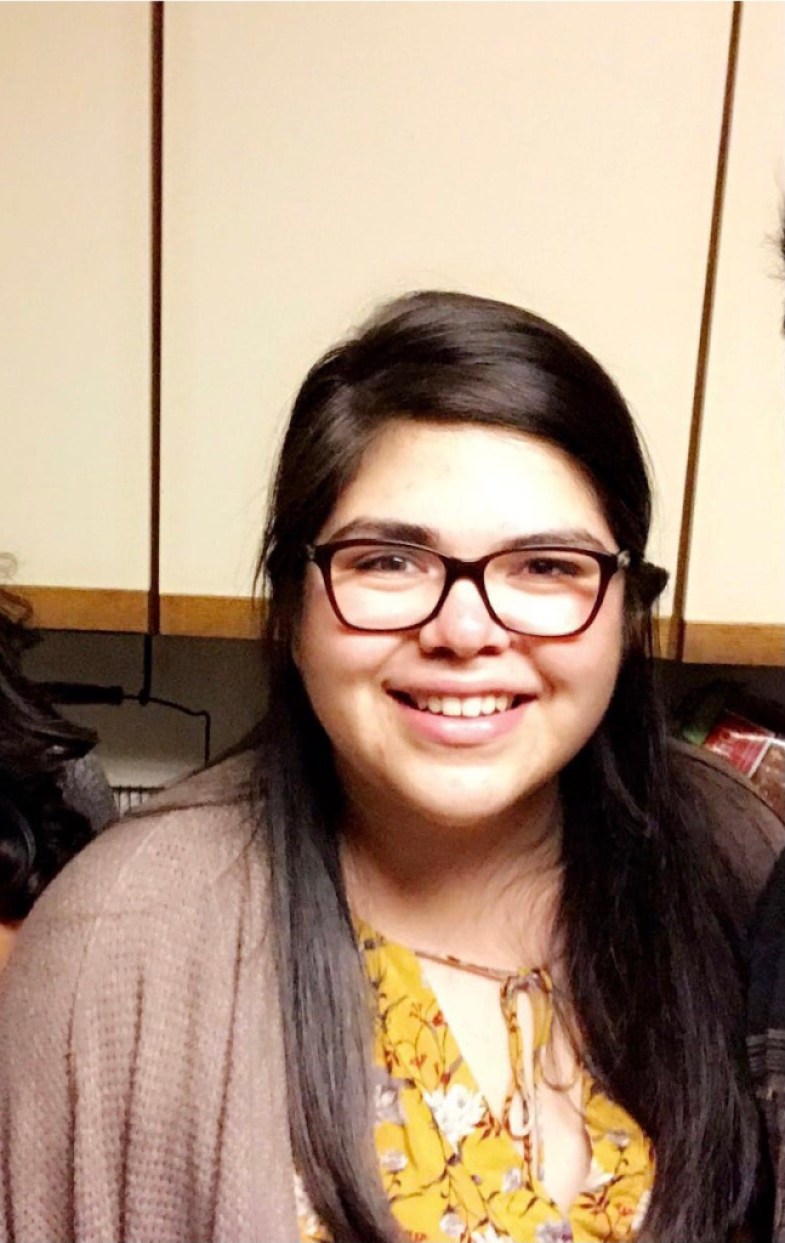
Ashley Aquino 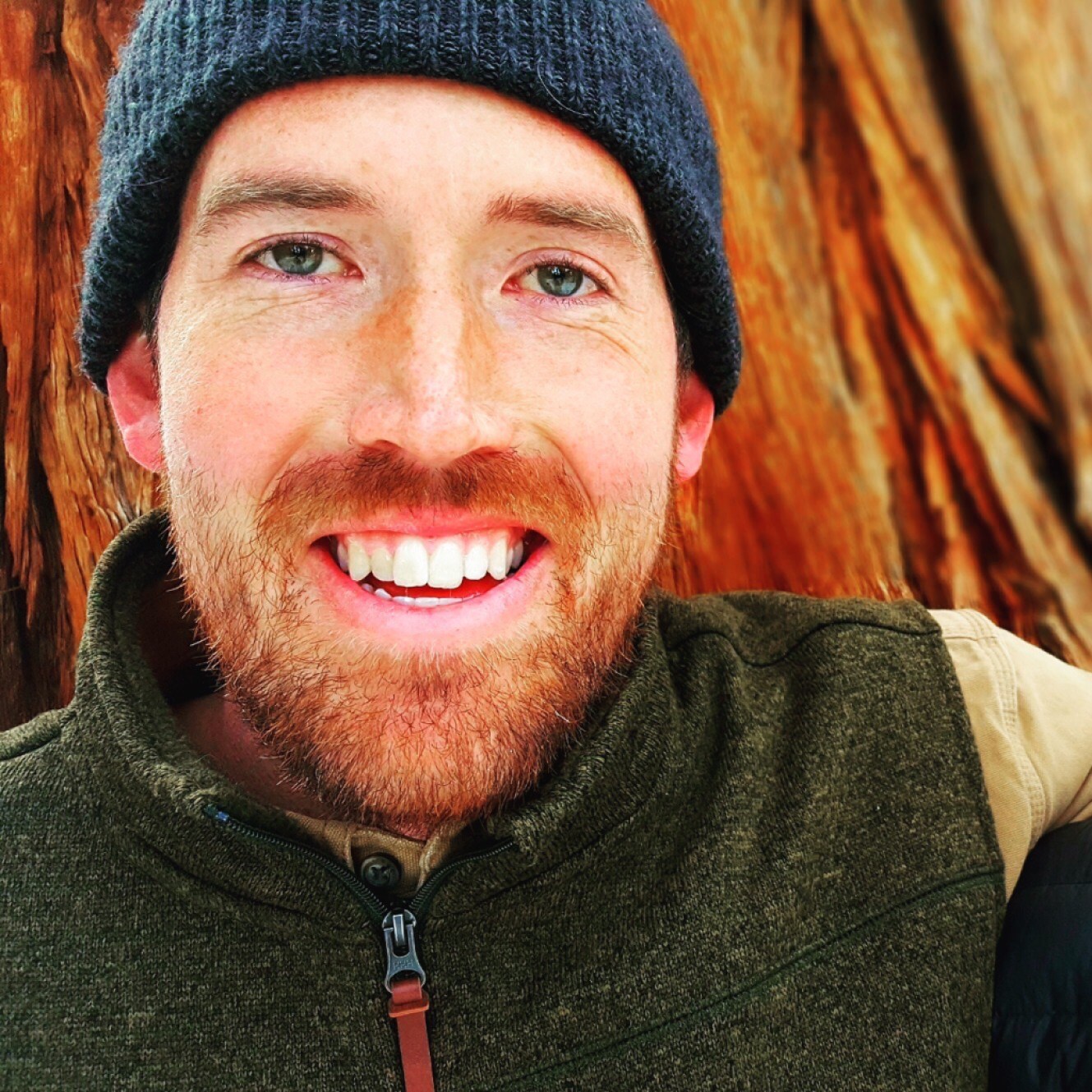
Benjamin Harris 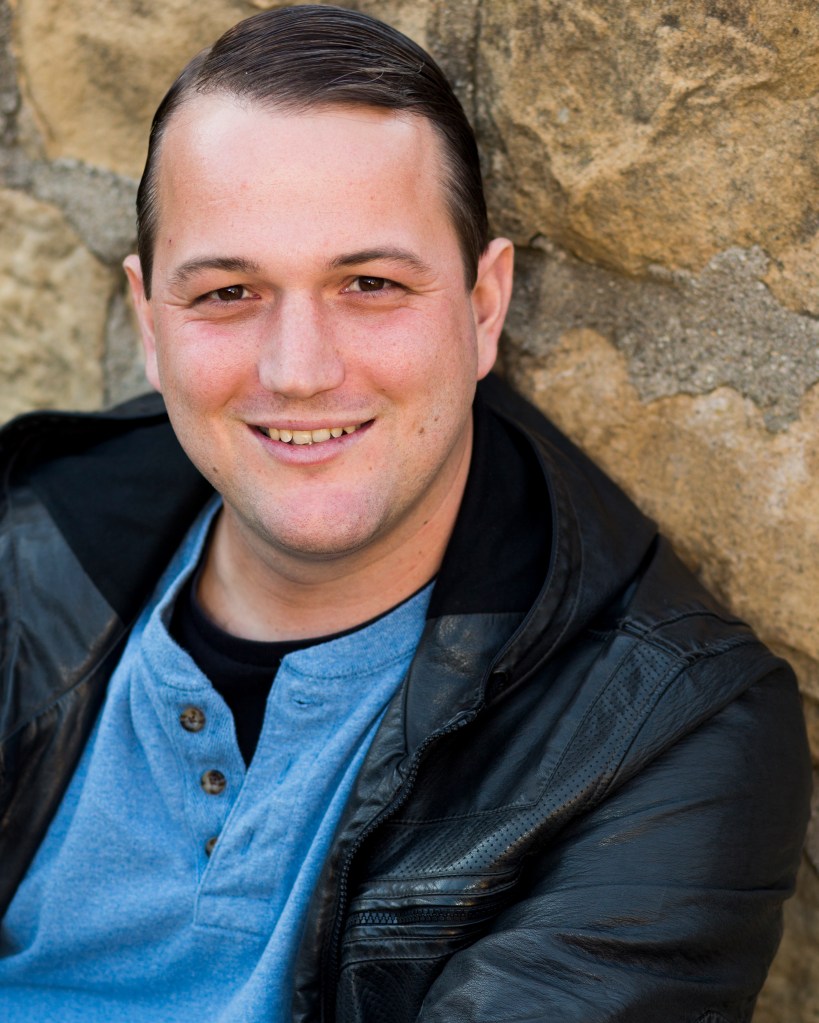
James Reisner 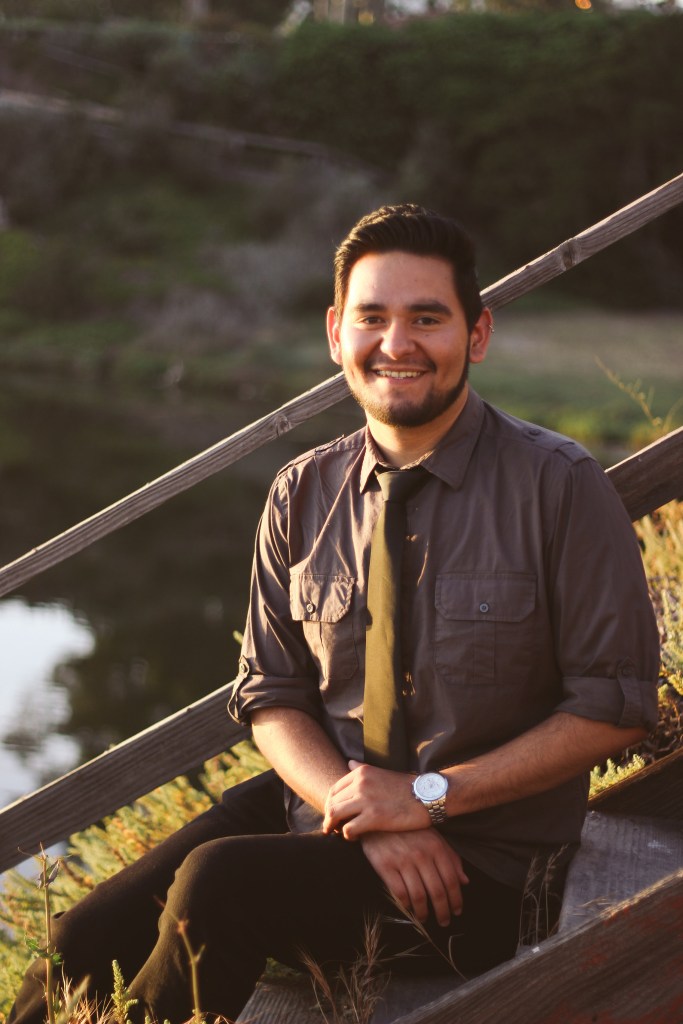
Hector Medina 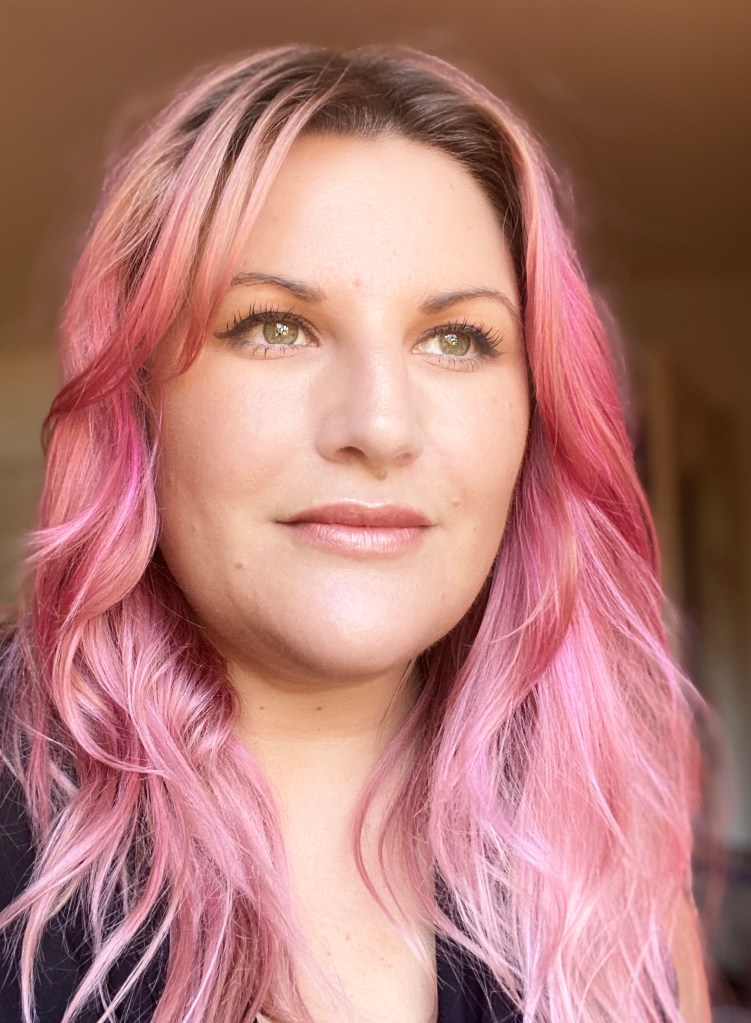
Bonnie Lanthier-Molitor 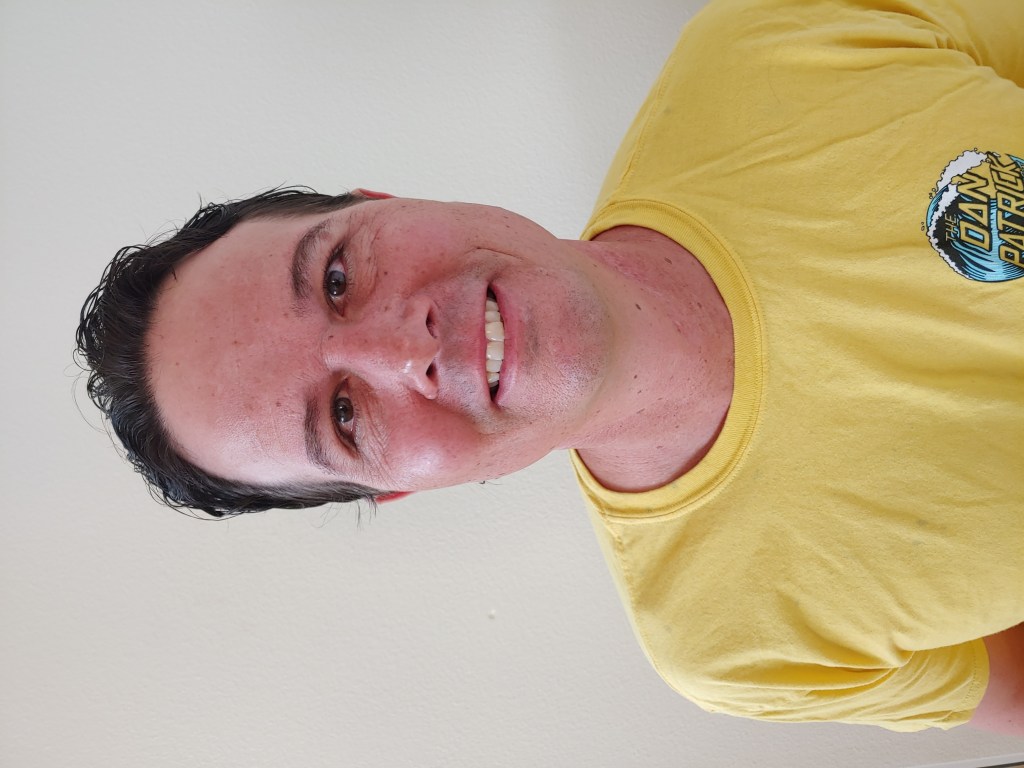
Kevin Grant 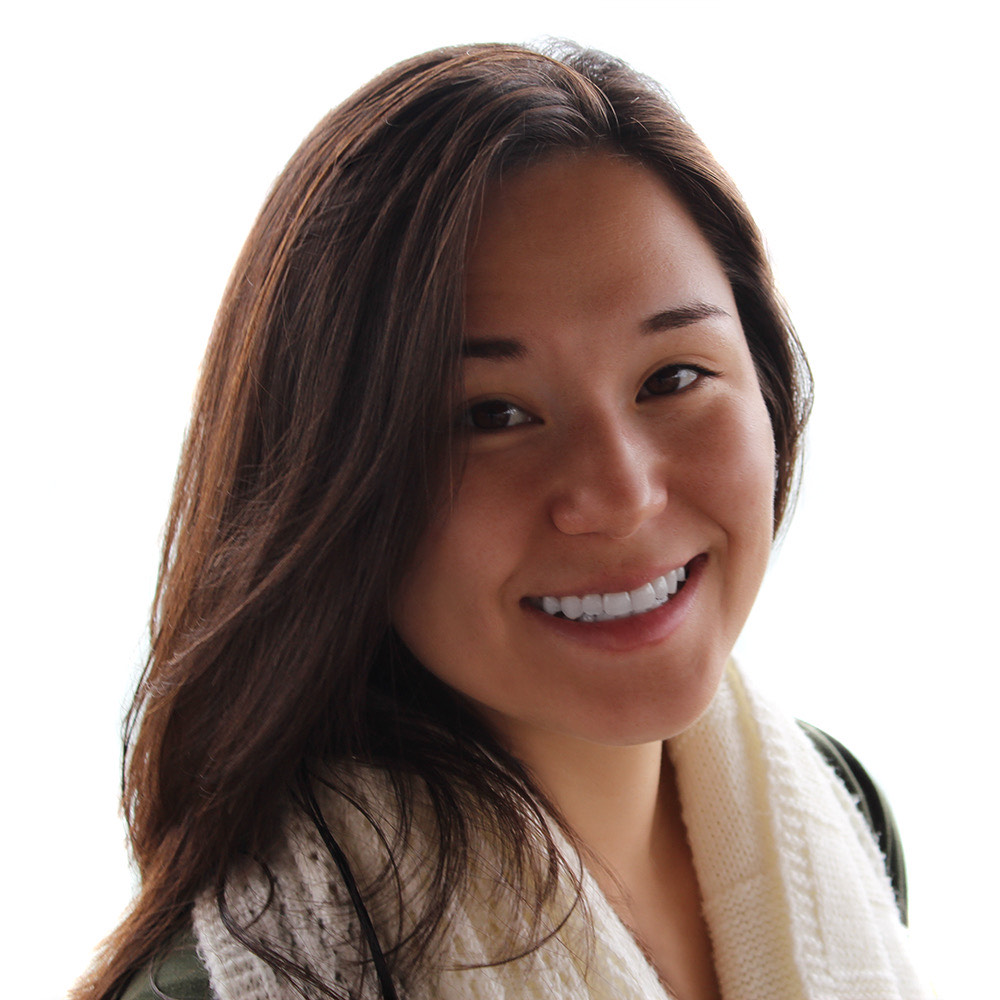
Loribeth Gregory-Beck 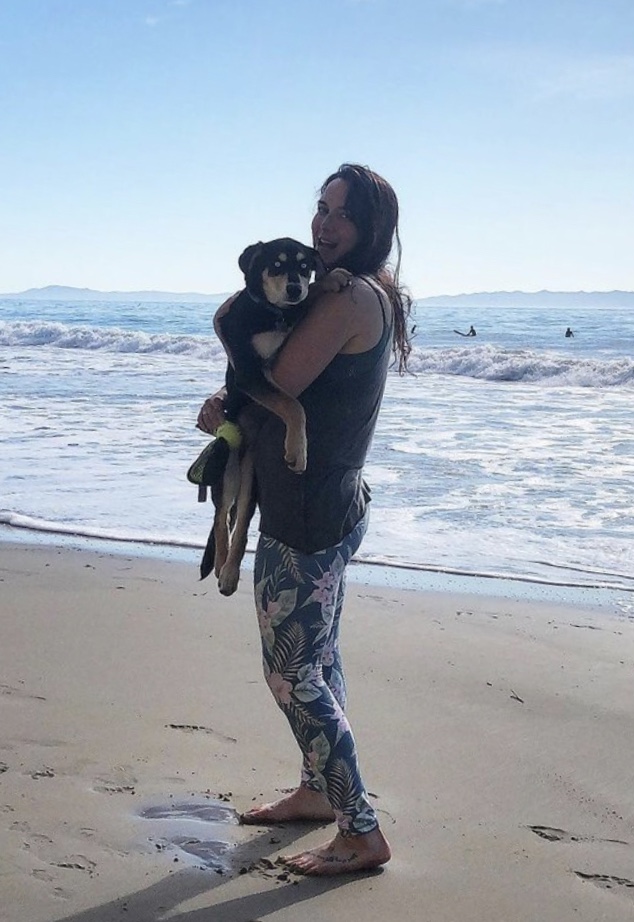
Lyndsay Cooke 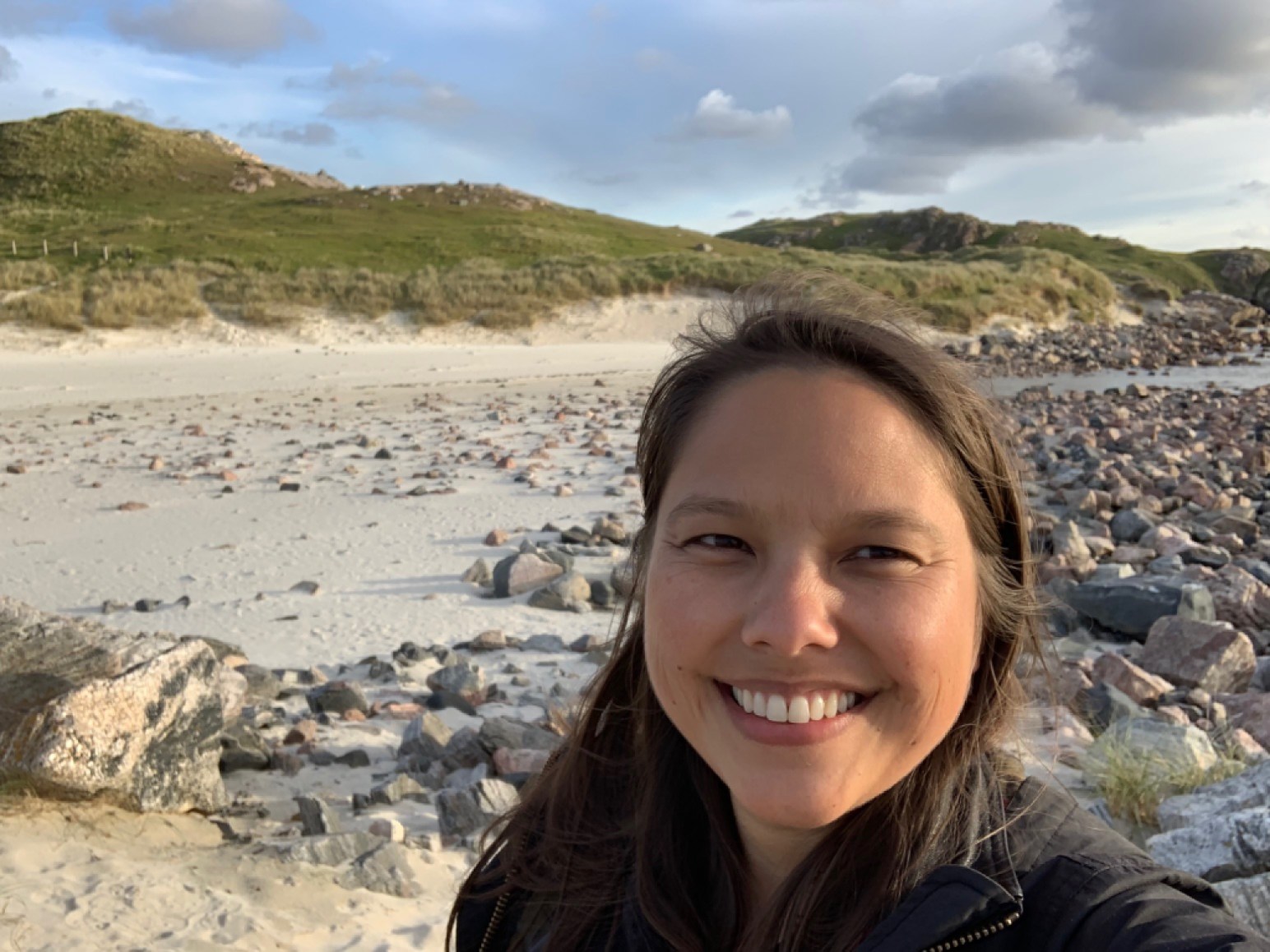
Mari Levasheff 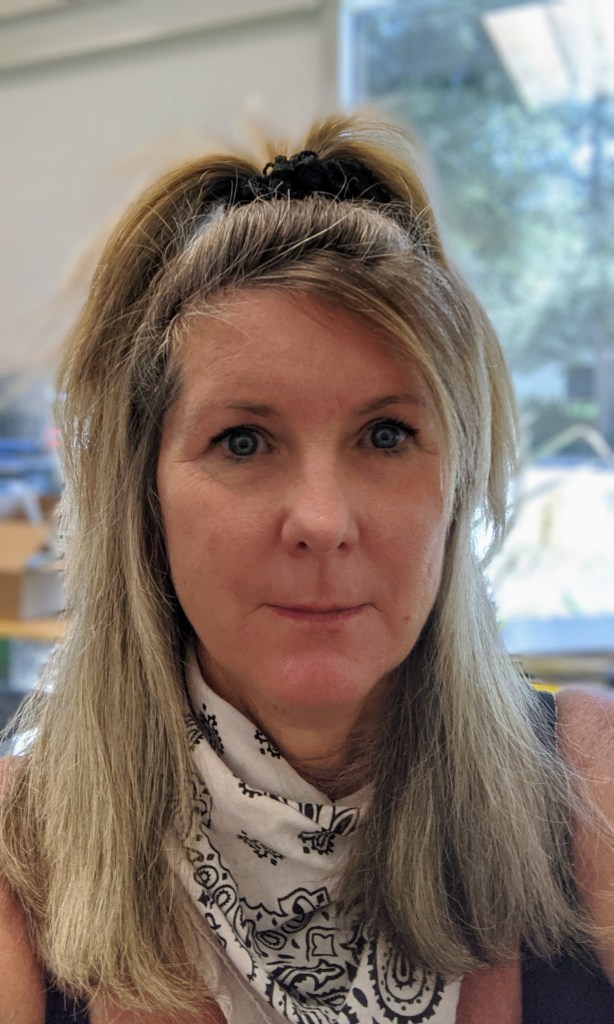
Laura Wallace 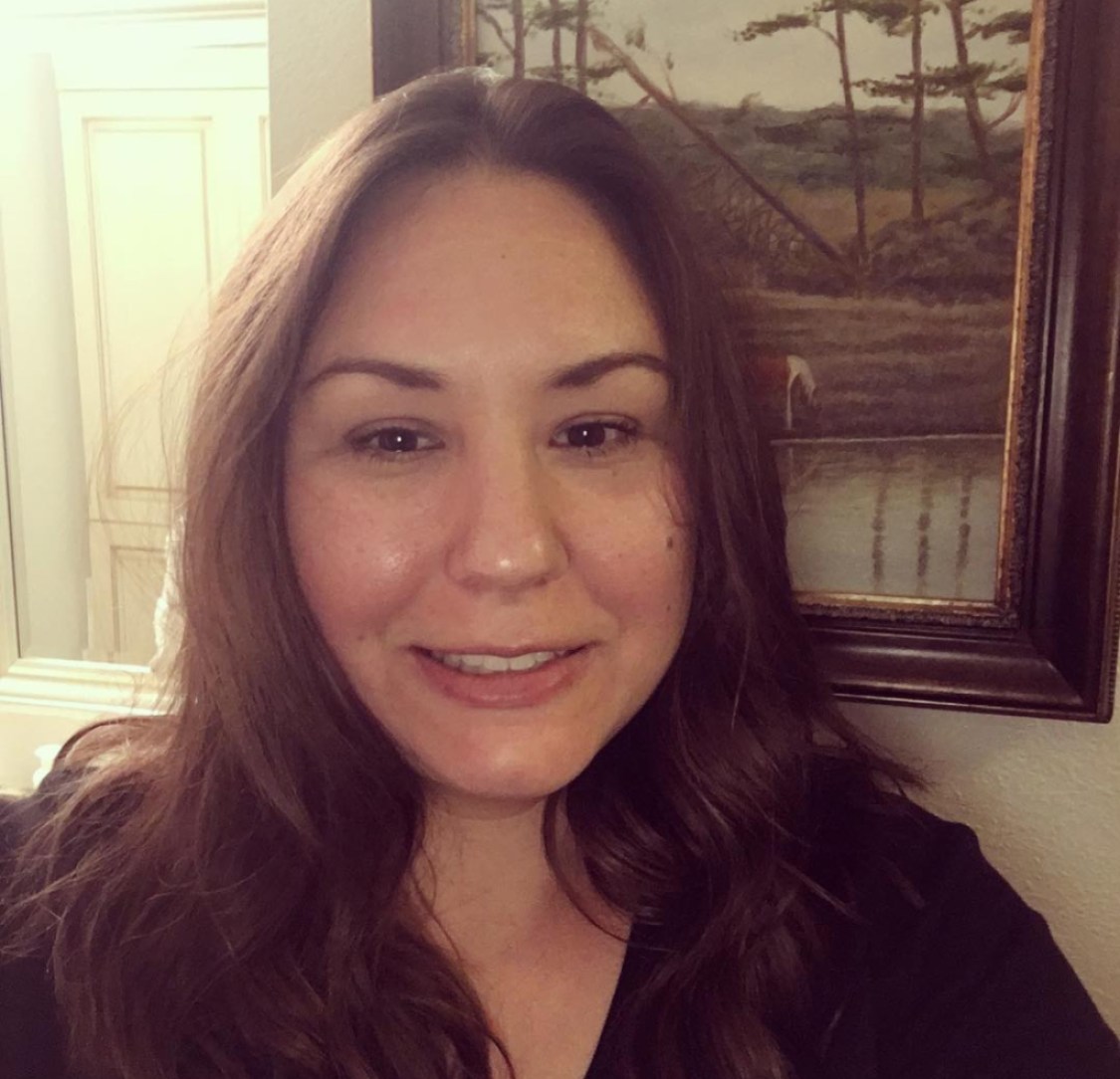
Marisa Flores 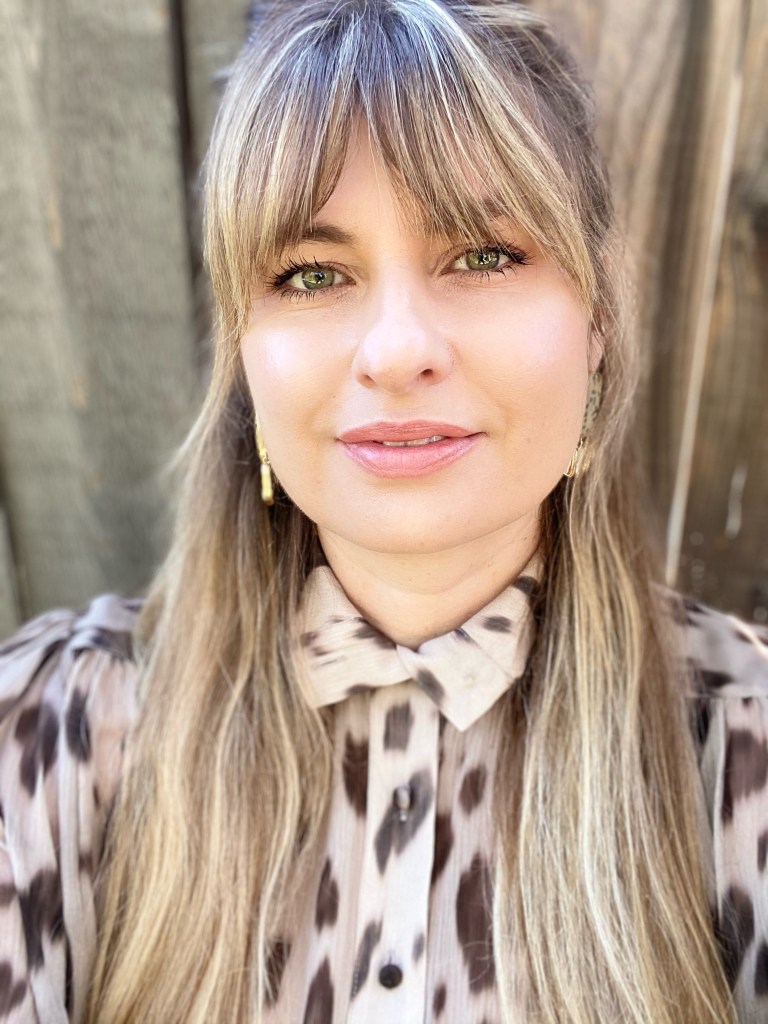
Caitlin O’hara 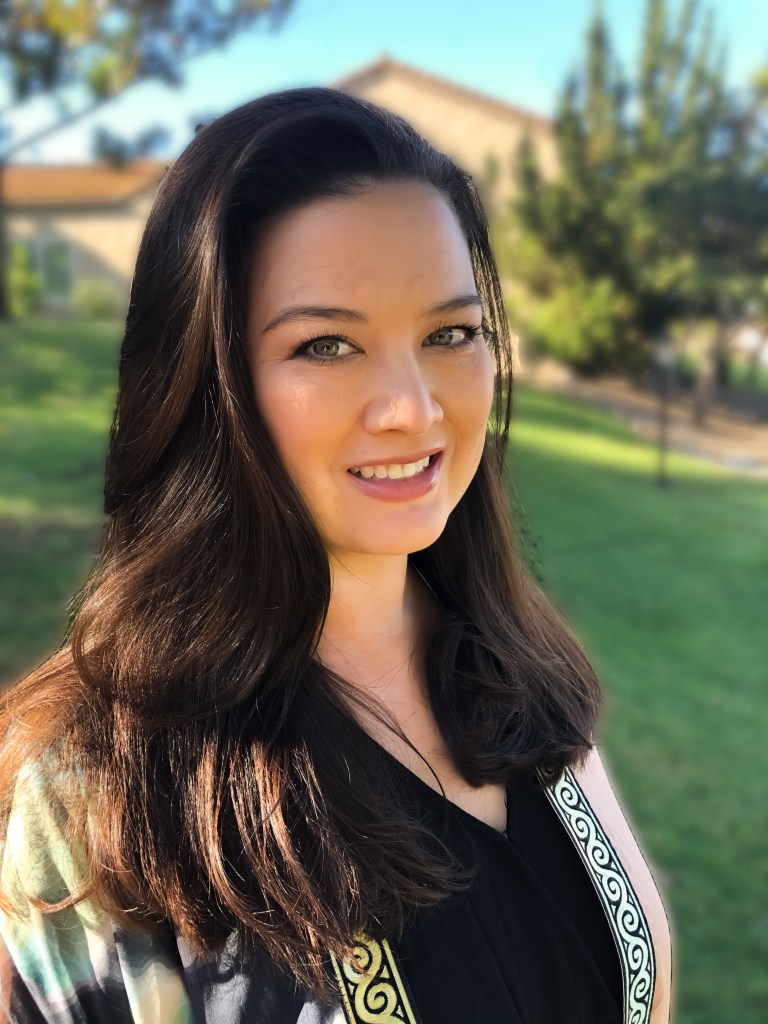
Rachel Leslie 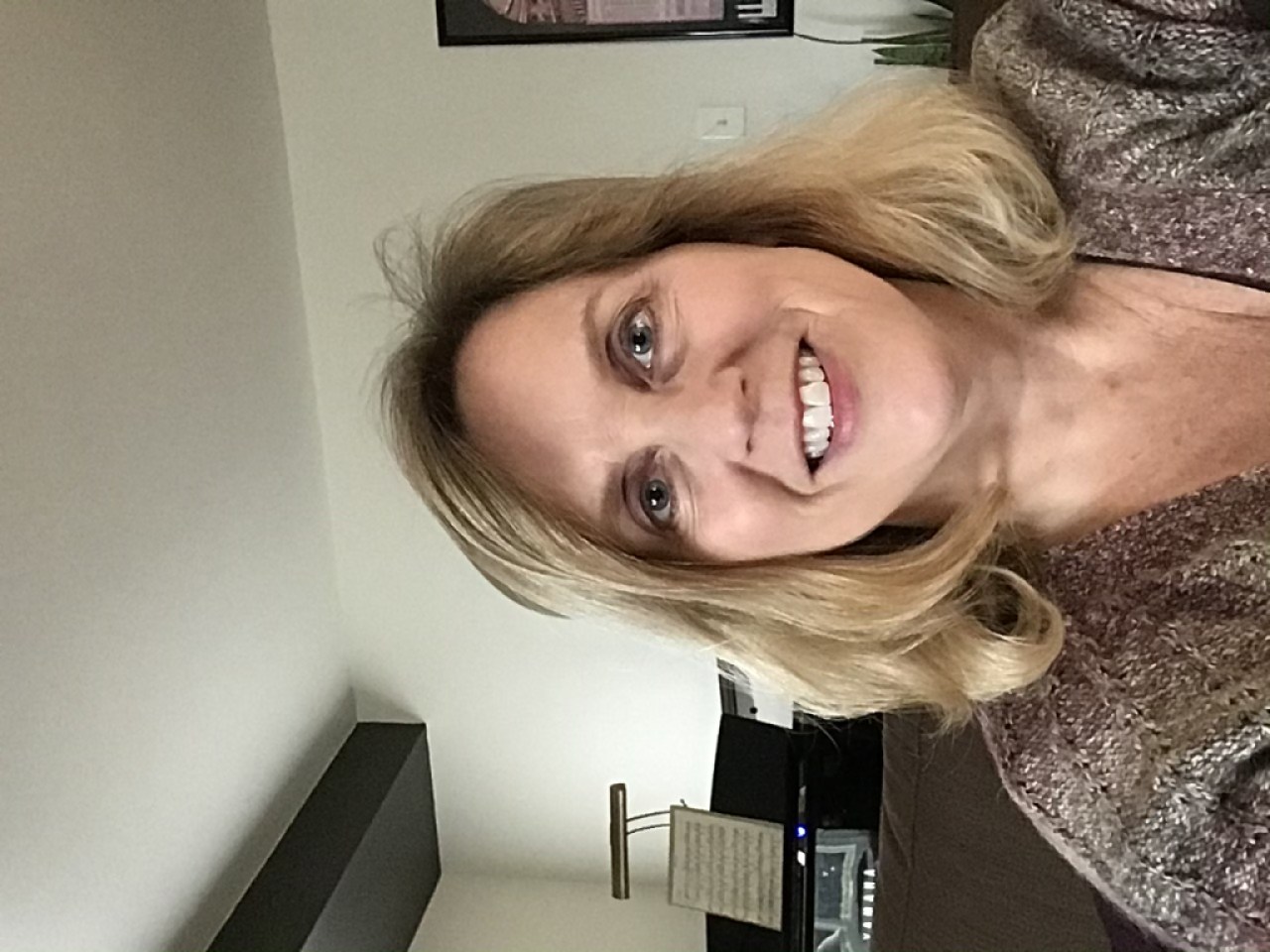
Stacy Cullison 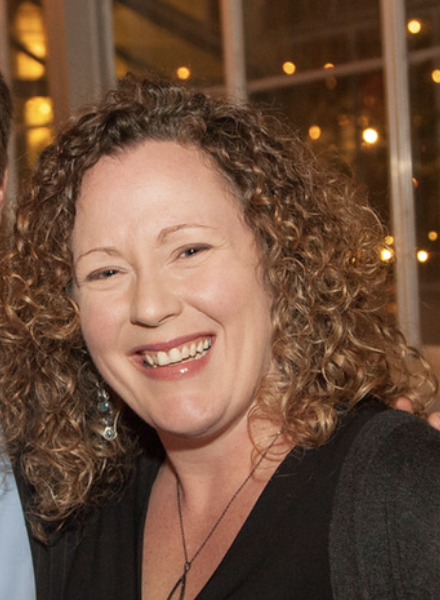
Sarah Bennett 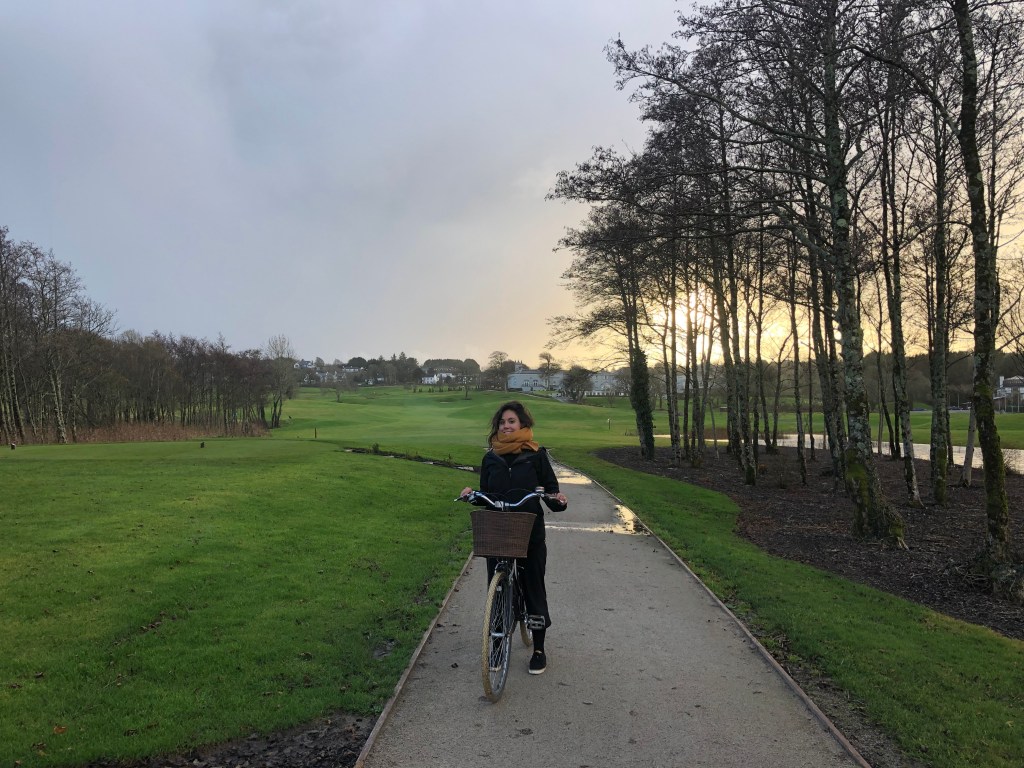
Lauren Labadie 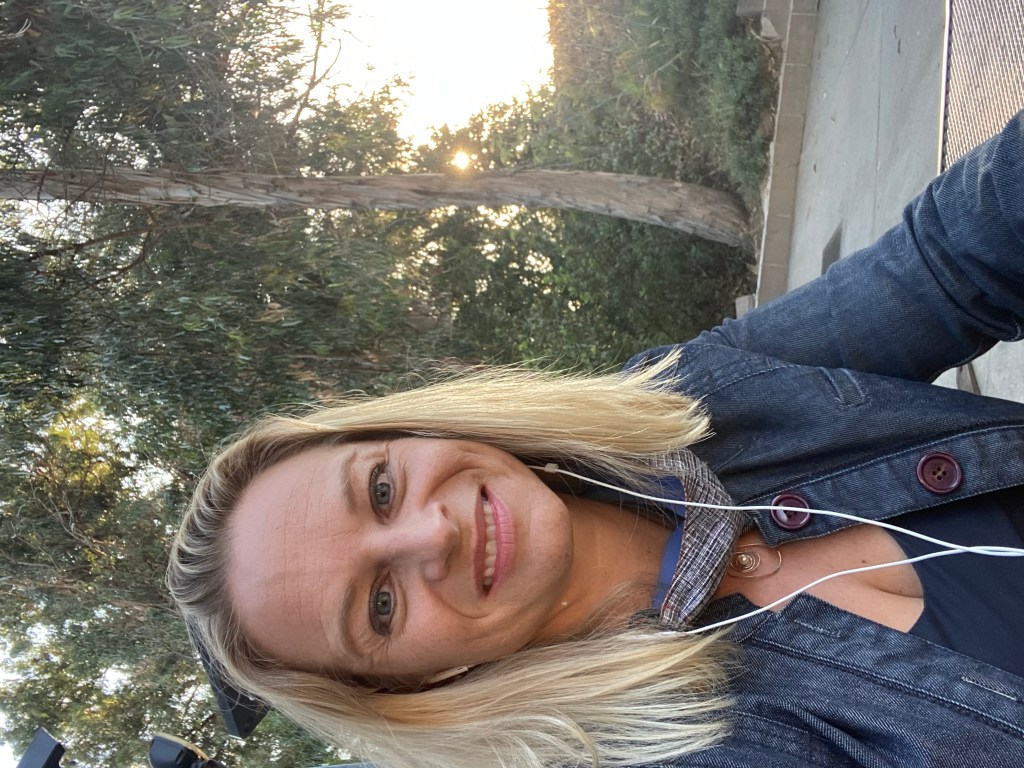
Meghan Bush 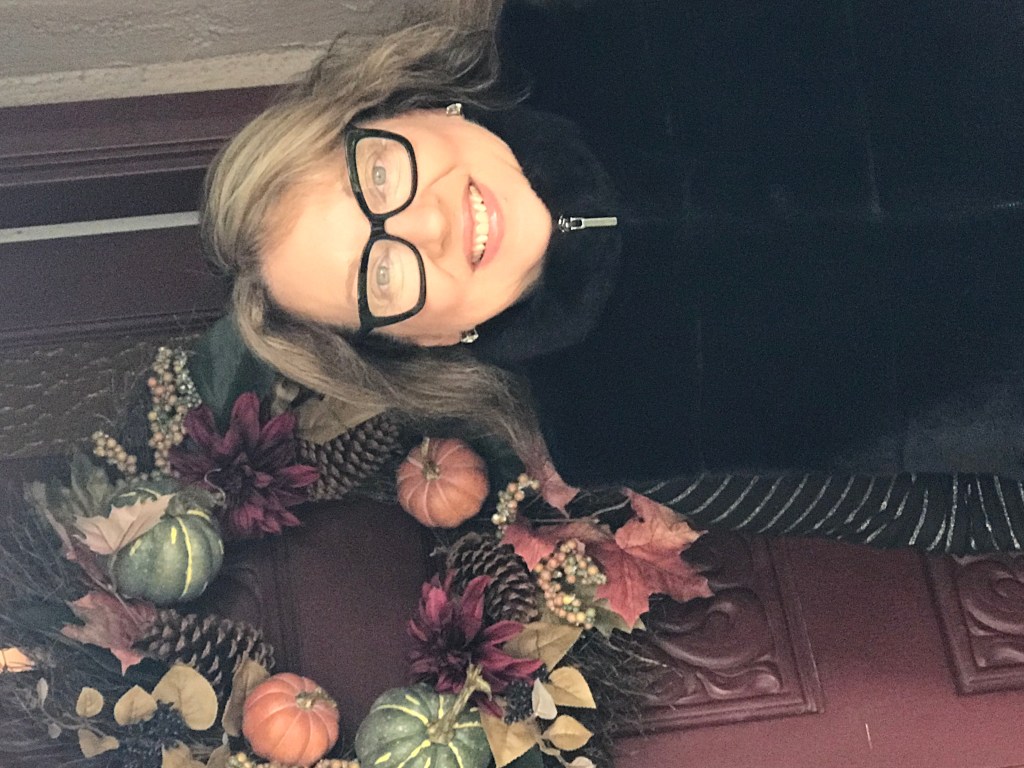
Celesta Billeci 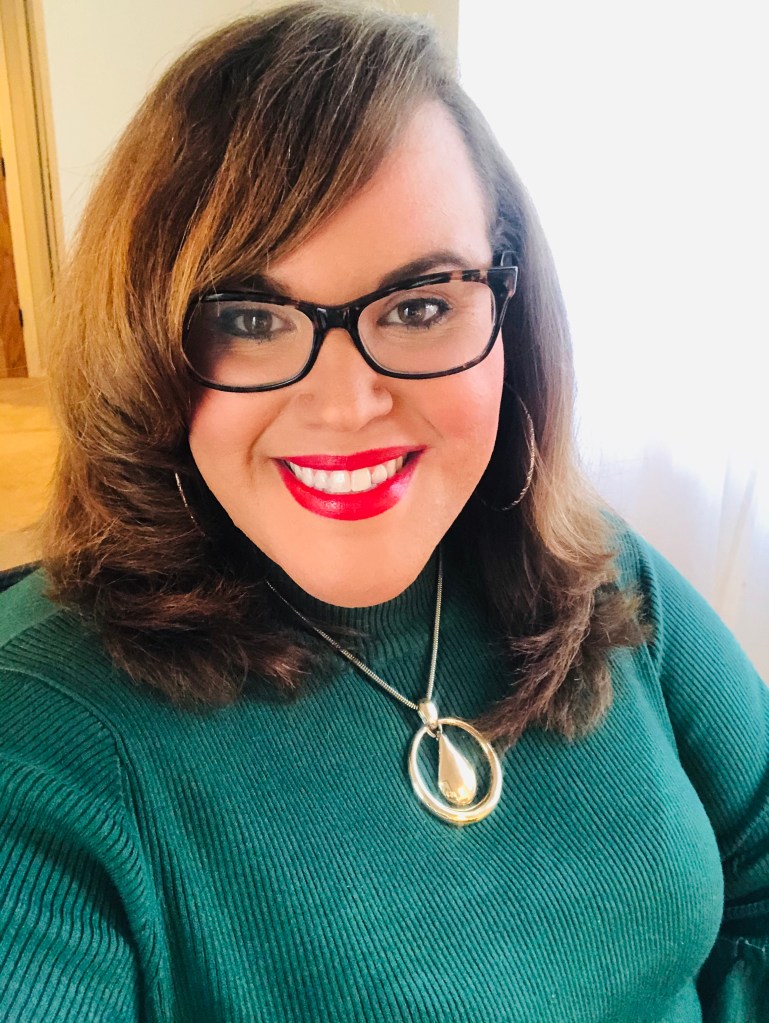
Erica Flores 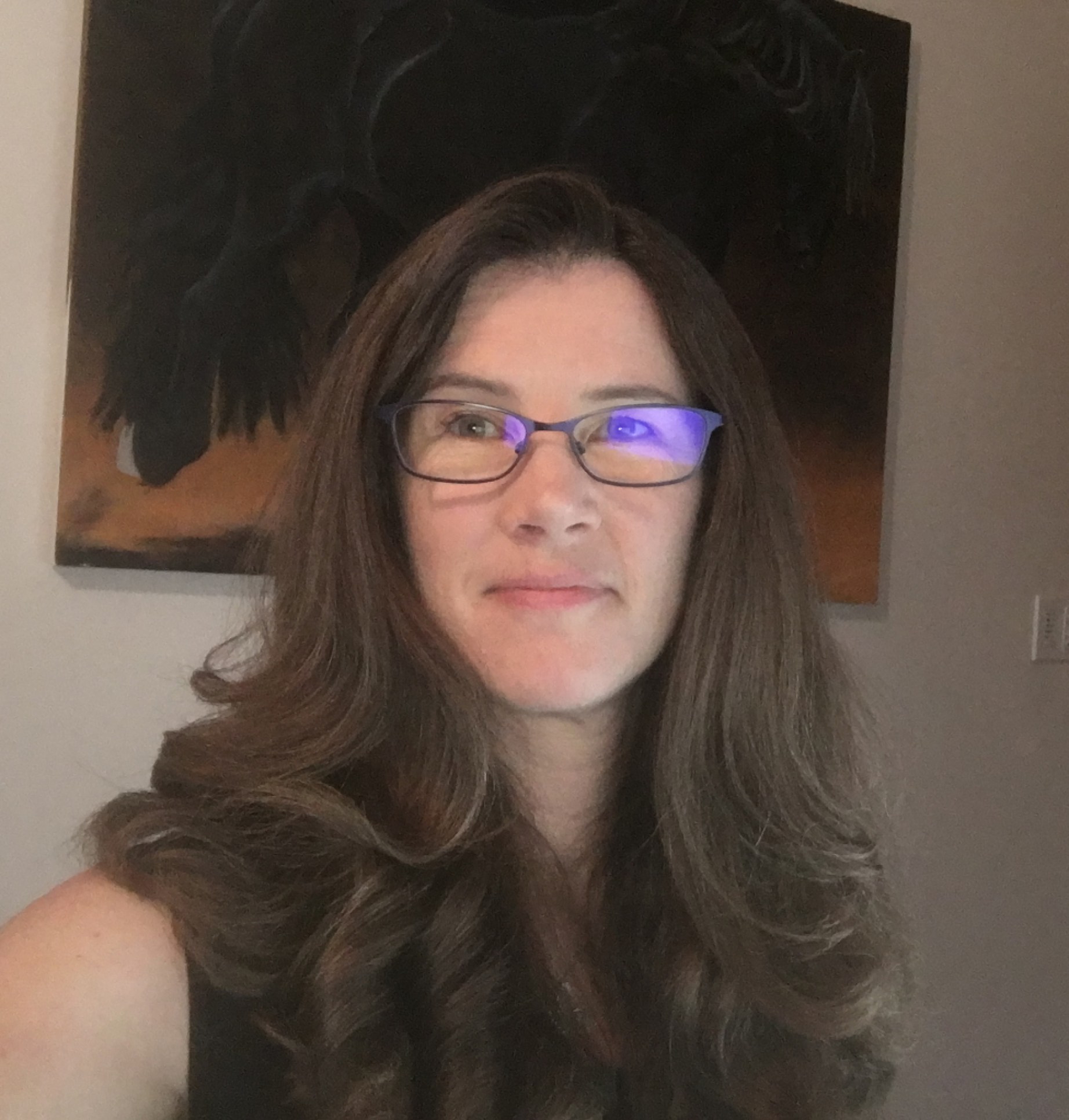
Michele Bynum 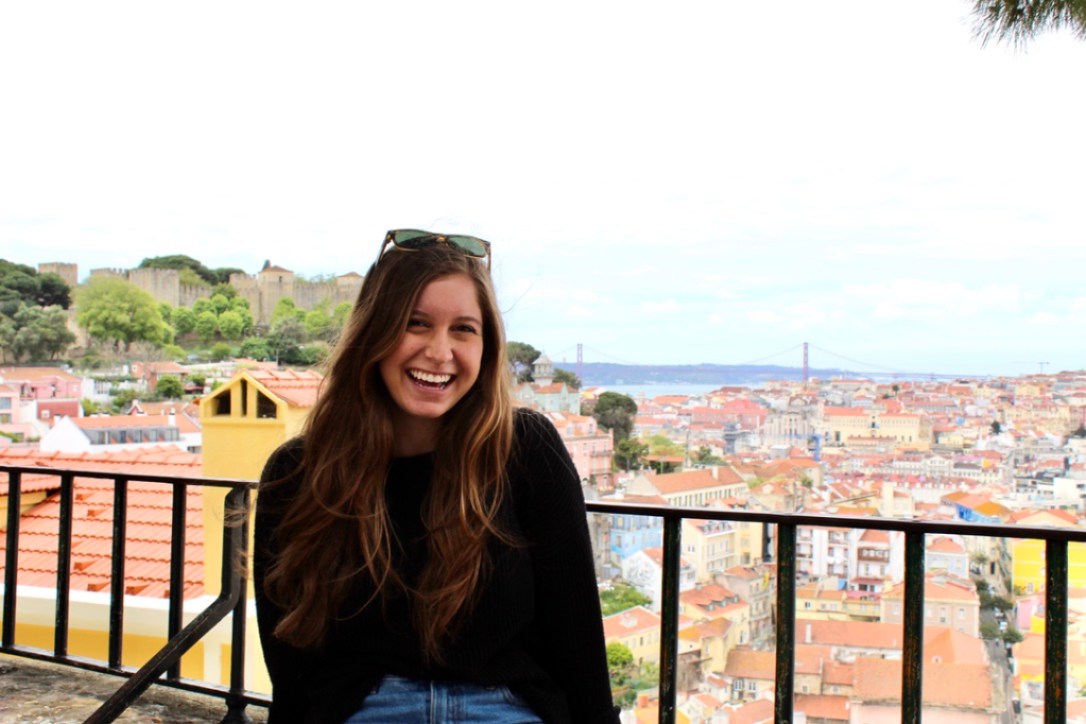
Lilly Erickson
At UCSB Arts & Lectures, the core mission involves gathering in person, so when the pandemic shutdown hit in March, it hit A&L hard. With multiple major events scheduled for spring 2020, the organization had to cancel the rest of its live season while simultaneously reimagining its whole approach.
“We are about doing things together, not apart” said Celesta Billeci, Miller McCune Executive Director of Art & Lectures. Behind the motto “fluid and flexible,” Billeci and her team, including deputy director Meghan Bush and senior writer/publicist Caitlin O’Hara, set about rallying their team for one of quarantine’s most dramatic and successful second acts.
With outdoor events curtailed and an expectant audience awaiting another season of free films in the sunken gardens of the Santa Barbara County Courthouse, Arts & Lectures got creative. Longtime sponsor Montecito Bank and Trust stepped up, an opportunity presented itself, and by the time summer arrived, the free public film series had been saved through a new partnership with the West Wind Drive-In in Goleta. Out of disaster, a new tradition formed. Cars lined up, and the free, socially distanced events became wildly successful.
At the same time this fast logistical footwork was saving the summer, other challenges loomed. Arts organizations and venues were looking to A&L for leadership. Would they innovate or hibernate? Private donors and community partners like the Santa Barbara Foundation called to ask how they could help, and by August, there was a spectacular online announcement of an ambitious in-person season to begin in February 2021.
Just weeks later came the news that the fall would be filled with exciting virtual events known as “House Calls.” And that wasn’t all, because within less than another month, A&L announced “Race to Justice,” the country’s most exciting yearlong public celebration of America’s potential for redemption from systemic racism. As Bryan Stevenson, the attorney/author/activist who will bring the series to a finale in April says, it’s all about hope.




You must be logged in to post a comment.